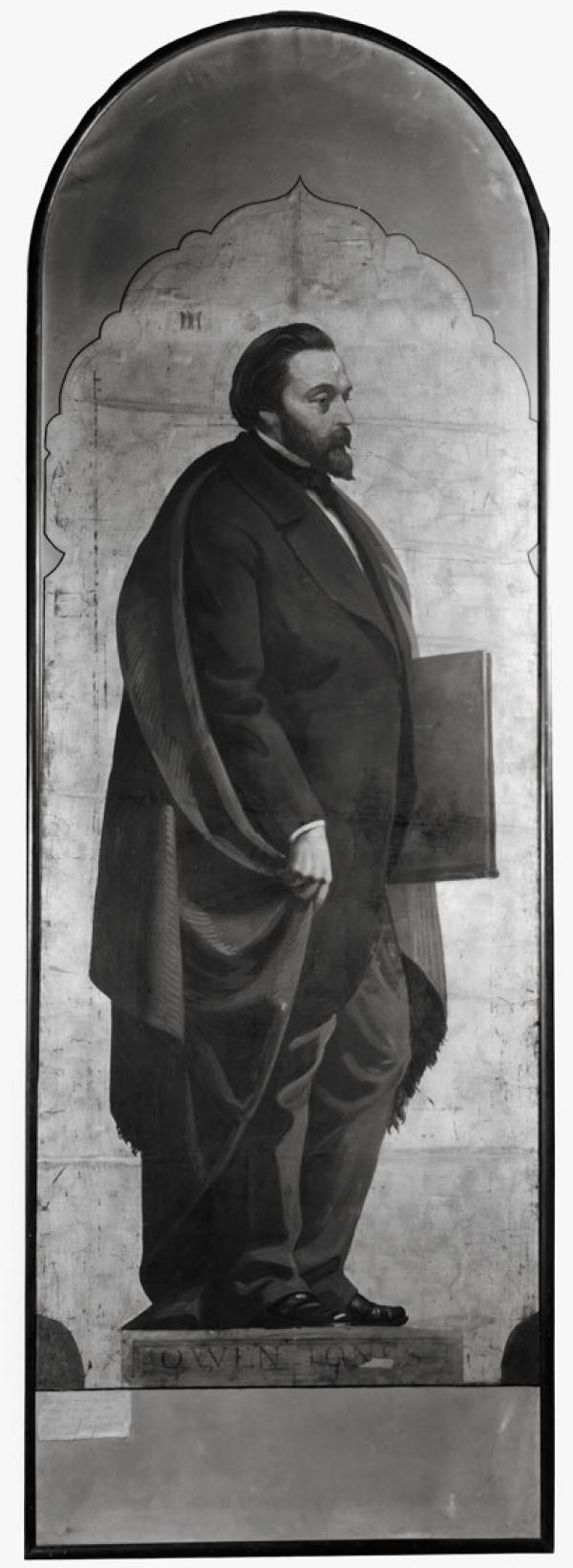
A quiet but marvellous exhibition about Owen Jones, the great 19th century pattern designer best known for the compendium Grammar of Ornament (1856), has recently opened here at the V&A. Curated by my colleague (and future fellow blogger – watch this space!) Abraham Thomas, the show is a wonder – filled with exquisitely rendered patterns that attest to his sensitivity to the design ideas of Islamic and other cultures.
The show also reminded me that while our blog is called “From Sketch to Product,” the design process is anything but a one way street. Jones’ most marvelous works are not his own designs, though he did a lot of that (for wallpaper, carpets, and even biscuit tins) but drawings of patterns that he saw and loved: the Alhambra Palace in Spain above all, but also patterns of tiles he had seen in Cairo and elsewhere. Here is an example of one of his early renderings of this subject:

It looks pretty finicky and mechanical until you see it in detail:

Up close you can see how handmade the drawing is, with its carefully ruled lines (including some for layout), and triangles and hexagons painstakingly but not always successfully filled-in with watercolour. You realize how difficult it was to arrive at the underlying logic of the geometry and then get it on to a page.
What’s wonderful about Owen Jones is the way his sketches and the published patterns based act as points of translation. He absorbed designs from other cultures and rendered them into a useful form, so that he (or other designers) could remake them into various commodities. Today we might object to his encyclopedic mindset – his oh-so-Victorian assumption that he could create a master text for understanding ornament around the world. He also was happy to take patterns and use them without much regard for their original meanings. On the other hand, most designing involves some version of this passage from product to sketch to product and back again, and there are always losses in translation.
In Istanbul recently, I snapped this picture of the exterior of the Rüstem Pasa Mosque, which is decorated with a patchwork of tiles taken from various other sites in Turkey:
Just as in Jones’ pages, the tile patterns here are collaged together, their original context lost. The history of ceramics, and many other areas of design, are unthinkable without that sort of movement, which crosses linguistic and other cultural boundaries so easily. There’s something about abstract pattern that almost demands to be borrowed and stolen and redeployed. I think Jones would have loved that wall; and somewhere in Cairo today, I hope a young tile designer is poring over a reprint of the Grammar of Ornament, deciding on her next pattern.
